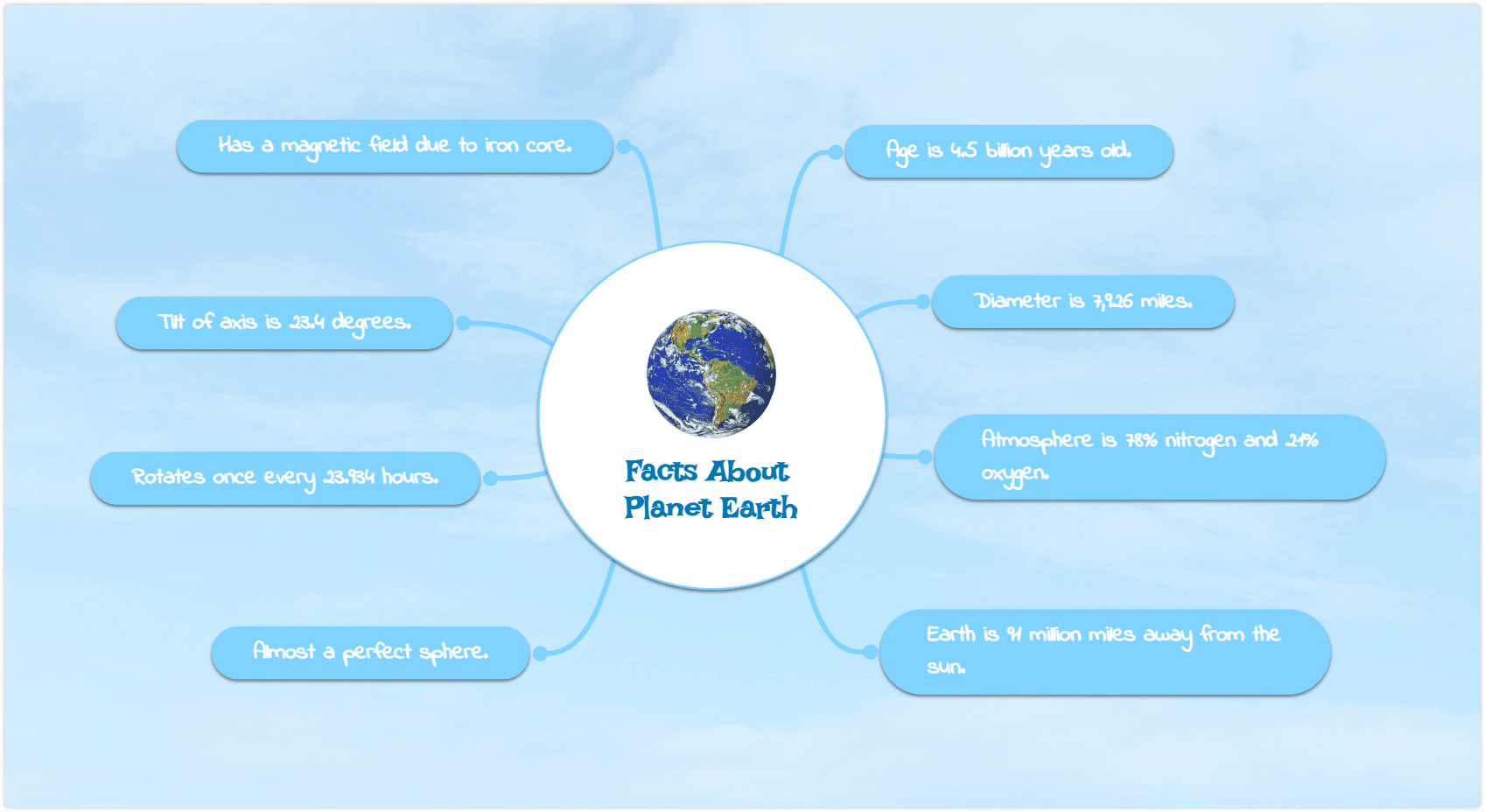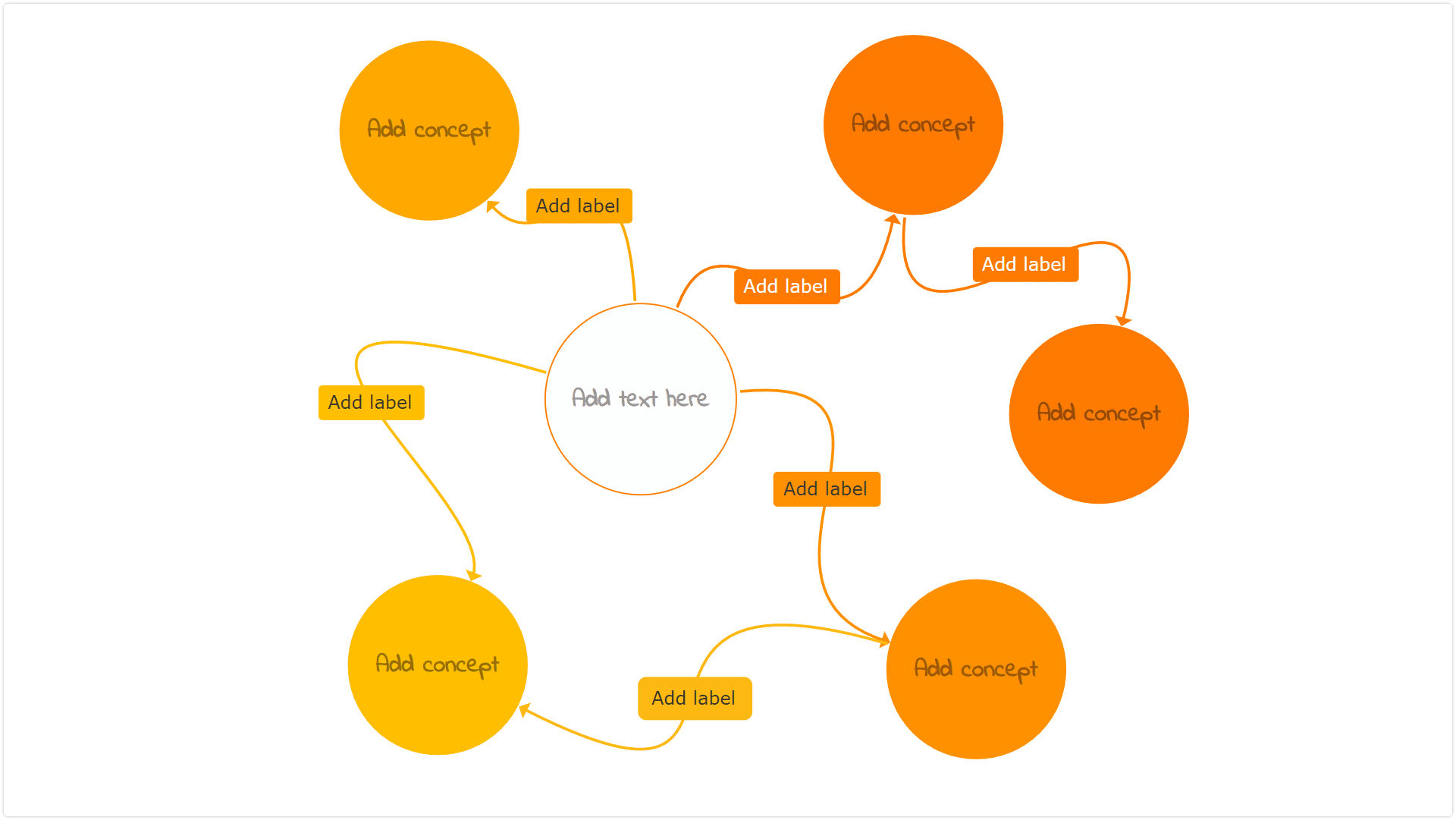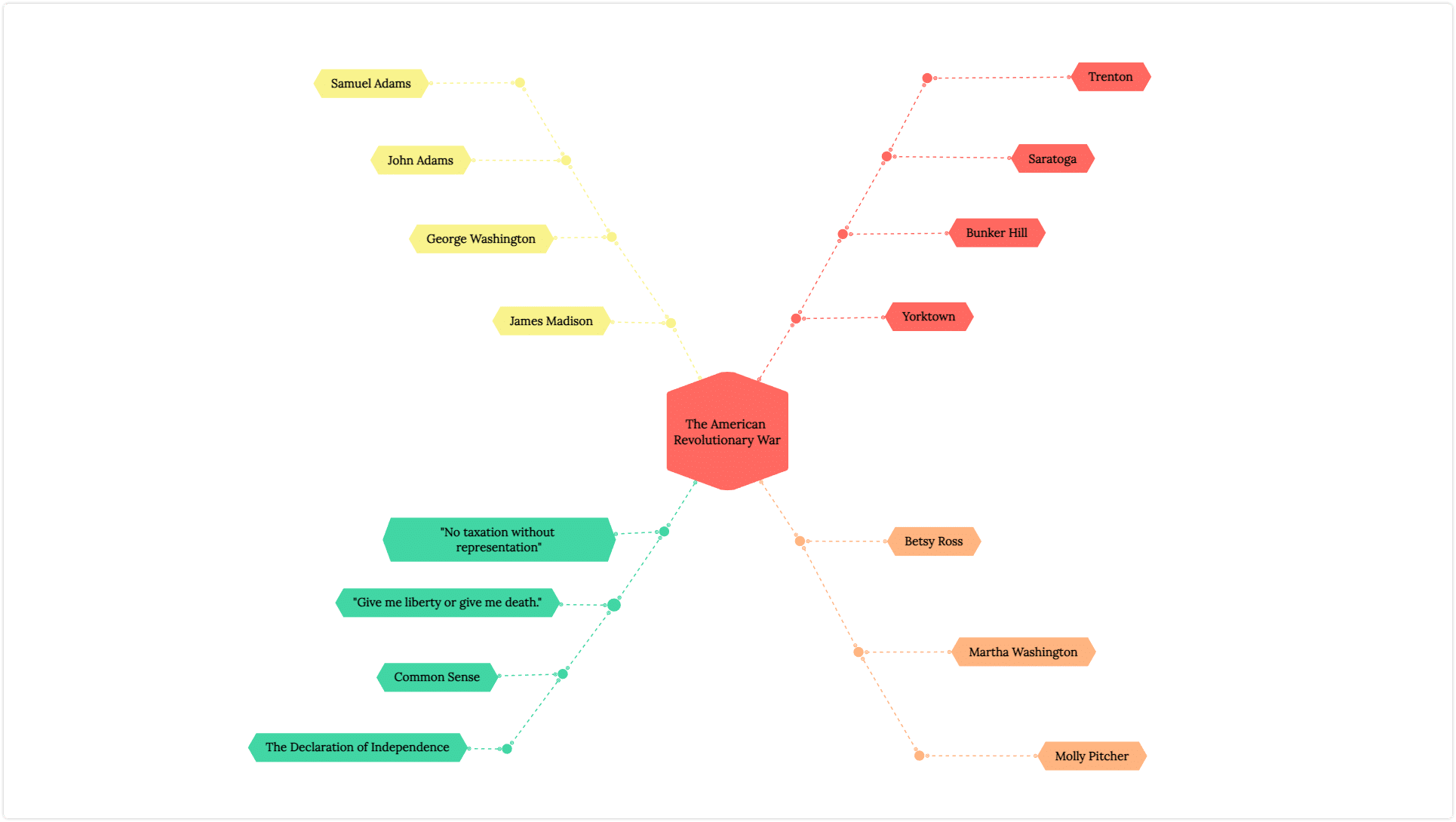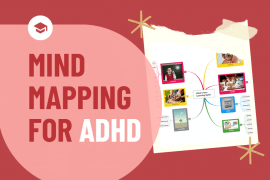
As an educator, you want your students to succeed. But seeing them through can be a daunting task. Fortunately, there are learning tools that can help.
One of the most powerful learning tools available is the education mind map. It makes it easy to organize ideas. It helps improve memory. And it enhances the overall learning experience. Studies and research have proven the efficiency of mind mapping in education.
But what is a mind map in education?
Mind maps help students in a wide variety of areas, from English grammar to biology and more. So, no matter what you’re teaching (or learning), mind mapping can help.
Your search for something that will help students and teachers get more out of the classroom is over. In this blog post, we’ll explain how to use mind mapping in classroom. Then, we’ll look at how it can help your students to understand more. And finally, we’ll offer an overview of how to create a mind map, including the best mind map maker.
What is a mind map in education?
In some ways, mind maps are the answer to the question, “What is visual learning?”

Many people understand and remember things better when they see them. Mind maps help students by allowing them to organize information visually. This aids the learning process, improving comprehension and long term memories. Mind mapping for education can be especially helpful for students who have difficulty with traditional note taking methods.
If you’ve ever seen a traditional mind map, you may assume that’s the only kind of education mind map available. Bubbles filled with words and phrases, connected by lines that show relationships. But mind maps can come in a wide variety of styles.
Some people prefer to use colors and pictures to help them remember information, while others prefer to stick to text. It is important for students to find a method that works for them, and to stick with it.
When you create a mind map, you’ve got lots of options. This is part of what makes them such a versatile tool. Whether you need to map out dates, plots, science facts, or anything else, there’s a mind map that can help.
How to use mind mapping for education in the classroom
Mind maps help students and teachers in many different ways with the learning process.
For example, students can use mind maps to brainstorm ideas for a research paper. Or they could use one to outline the steps needed to complete a project. Or to map out the relationships between concepts in a subject area like English grammar.
Mind maps help students take better notes in class. They empower students to understand and capture all the important information from a lecture. Then, they can be used as a starting point for studying for exams.
Here are some great mind map examples for students to get you started:
1. Idea Map

The first type of mind map is the basic idea map. It’s one of the simplest ways to organize ideas. This is where you brainstorm all of the ideas that you want to include in your essay or project. This type of mind map is perfect for students who need to get all of their ideas down on paper.
2. Concept Map

The second type of mind map is the concept map. What is a concept map? What are the differences between concept maps vs mind maps?
While similar to an idea map, there are some significant differences. Concept maps don’t just give you a place to note ideas. They show how they’re related to one another. They have relationships between multiple concepts, and they are more descriptive.
This type of map is perfect for students who want to organize ideas and see how they’re all connected.
3. Spider Diagram

The third type of mind map is the spider diagram. This type of diagram is used to help students identify the main points of their argument or discussion. This type of diagram is perfect for making sure you cover all the important points in an essay or project.
4. Timeline

The fourth type of mind map is the timeline diagram. This diagram helps students track the progress of their project and see how each step fits into the overall timeline. It’s perfect for students who need to stay organized and on track while they are working on a project.

There are dozens of other mind map examples for students out there beyond these four. You can check out the mind mapping templates that come with most mind mapping software to see more.
The importance of creativity in mind mapping

Creativity is essential when it comes to mind mapping for education. The more time you spend making the mind map you’re own, the better you’ll understand it. And the more fully it will lodge itself within your long term memories.
There are several ways to be creative when mind mapping for education. One way is to come up with different colors and shapes for your nodes. You can also use different fonts and graphics to make your map more visually appealing. Additionally, you can come up with creative ways to connect your nodes together.
If you’re using a mind mapping software like Mindomo, you can also attach links, photos, and more. That’s why online mind mapping tools are particuarly helpful for developing creative education mind maps. And creative mind maps are one of the keys to cultivating a better, more engaging learning experience.
So, let your imagination run wild. Don’t be afraid to try new things and experiment with different ideas. The more creative you are, the more effective your mind map will be to aid understanding and improve memory.
How to create a mind map with Mindomo
Mindomo is a powerful online mind mapping tool that makes it easy to create powerful education mind maps.
Mind mapping software like Mindomo doesn’t just give you the ability to design digital mind maps though. It gives you the power to edit them in dozens of ways. It allows you to share them with others for real time collaboration. And it even lets you download them, so they can be used in presentations or handouts.
That’s why mind mapping software is one of the most powerful learning tools out there.
Here’s how you can get started:
- Choose from Mindomo’s library of mind mapping templates or start with a blank canvas.
- Add topics, subtopics, and notes to your map.
- Use colors, icons, and other visuals to make your map more visually appealing.
- Connect topics with lines or arrows to show the relationships between them.
- Add links, photos, and videos to your mind map for extra detail.
- Share your mind maps with others for real time collaboration on projects together.
- Save and export your mind map to use it later.
Creating a mind map with Mindomo is a great way to organize your thoughts and ideas. With the right mind map, you can quickly capture key information and start studying for an exam in no time.
So, give it a try today!
Keep it smart, simple, and creative!
The Mindomo Team






